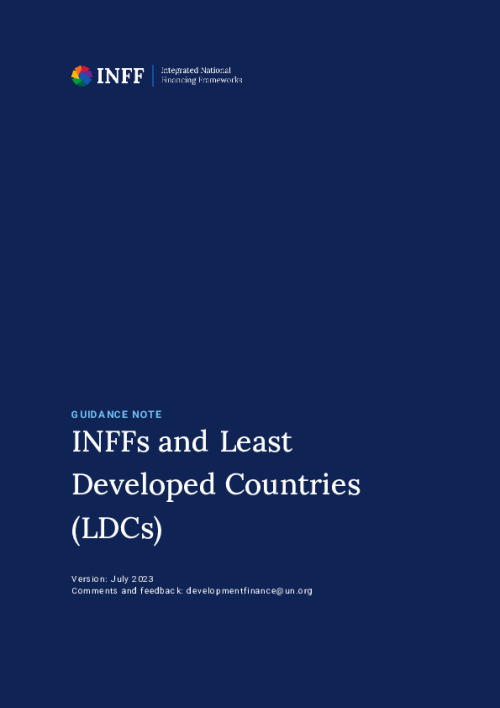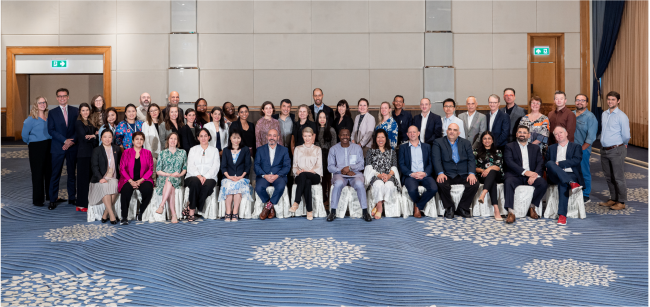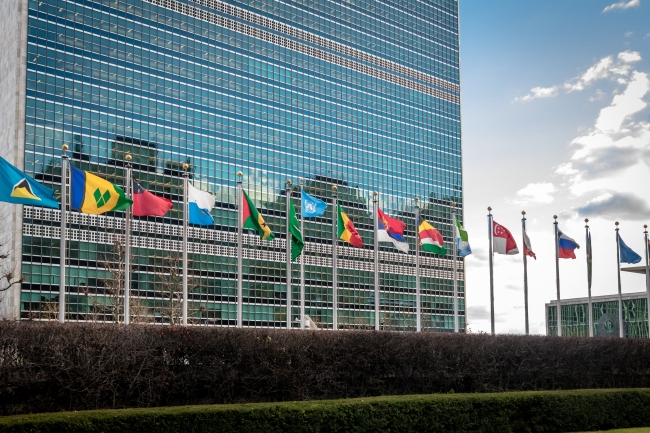INFFs and Least Developed Countries (LDCs)

INFFs and Least Developed Countries (LDCs)
15 July, 2023
Least developed countries (LDCs) are low-income countries confronting severe structural impediments to sustainable development. Home to about 40 per cent of the world's poor, many LDCs are in conflict or are emerging from one. The low level of socio-economic development in LDCs is characterized by historically weak development capacity, low and unequally distributed income, and scarcity of domestic financial resources. LDCs typically rely on agrarian economies and a few primary commodities for exports and fiscal earnings, which subsequently can be affected by a vicious cycle of low productivity and low investment, as well as making LDCs vulnerable to external terms-of-trade shocks. These development constraints underpin insufficient domestic resource mobilization, chronic external deficits, high debt burdens and heavy dependence on external financing in LDCs. An integrated national financing framework (INFF) can help LDCs navigate these challenges.
About INFF technical guidance documents
In response to the considerable and growing interest from countries to receive further guidance and support to design the INFFs, additional technical guidance documents, built on existing global guidance, are now published to provide practical support to INFF country-level implementation.
The technical guidance documents are tailored to specific country contexts, SDG sectors, and financing policy areas, all benefiting from initial insights and country experiences. The documents are intended to assist policymakers in the identification of sectoral and country group challenges, and policymaking that finance the national sustainable development objectives and the Sustainable Development Goals (SDGs) through the INFFs.
The technical guidance documents strengthen the feedback loop between country-level implementation on the one hand, and global guidance work and technical assistance and capacity development efforts on the other. The documents will continue to be living documents, and will be updated as country experience, insight, and learning about the application of the INFF approach to the challenges of financing the SDGs at the country level keeps progressing.







